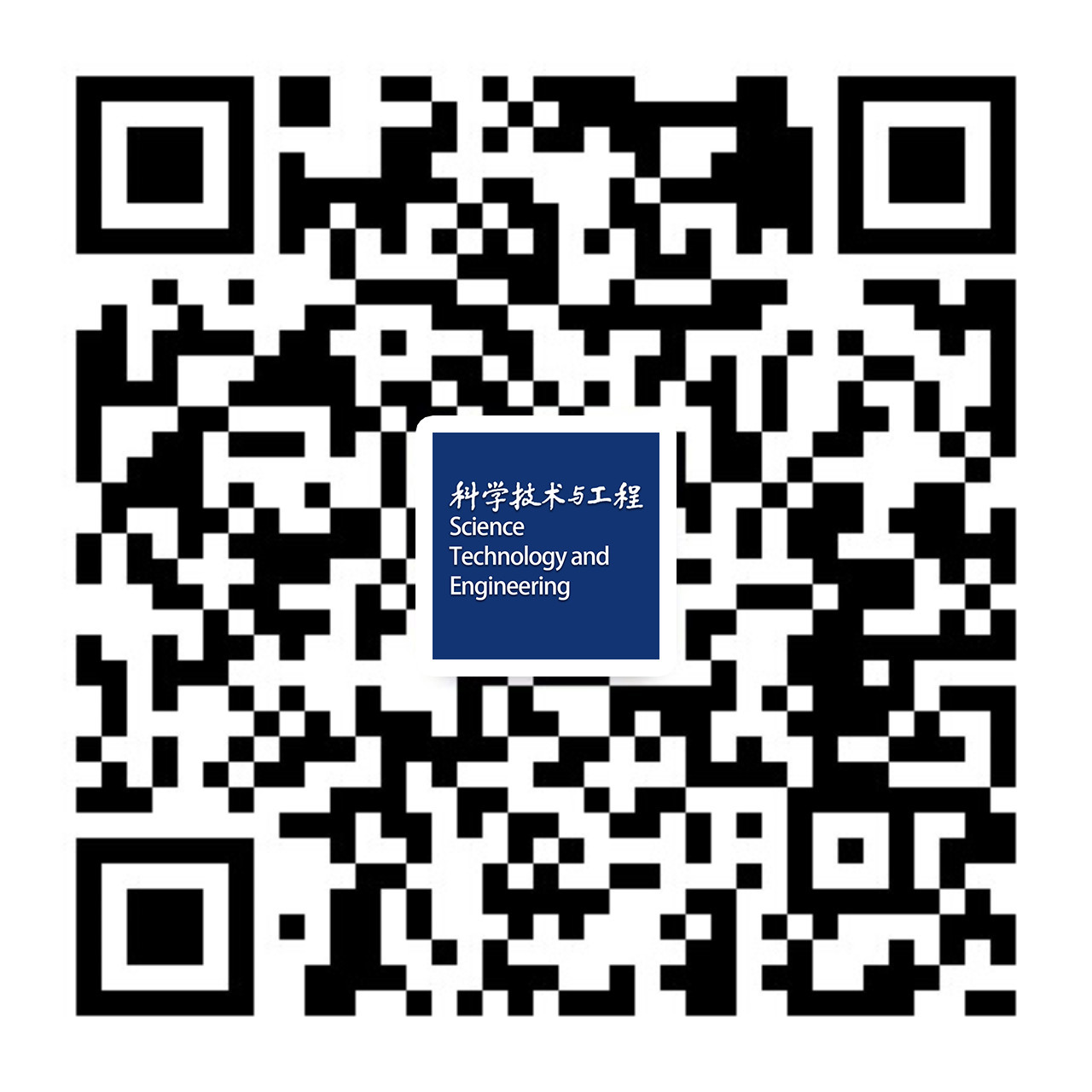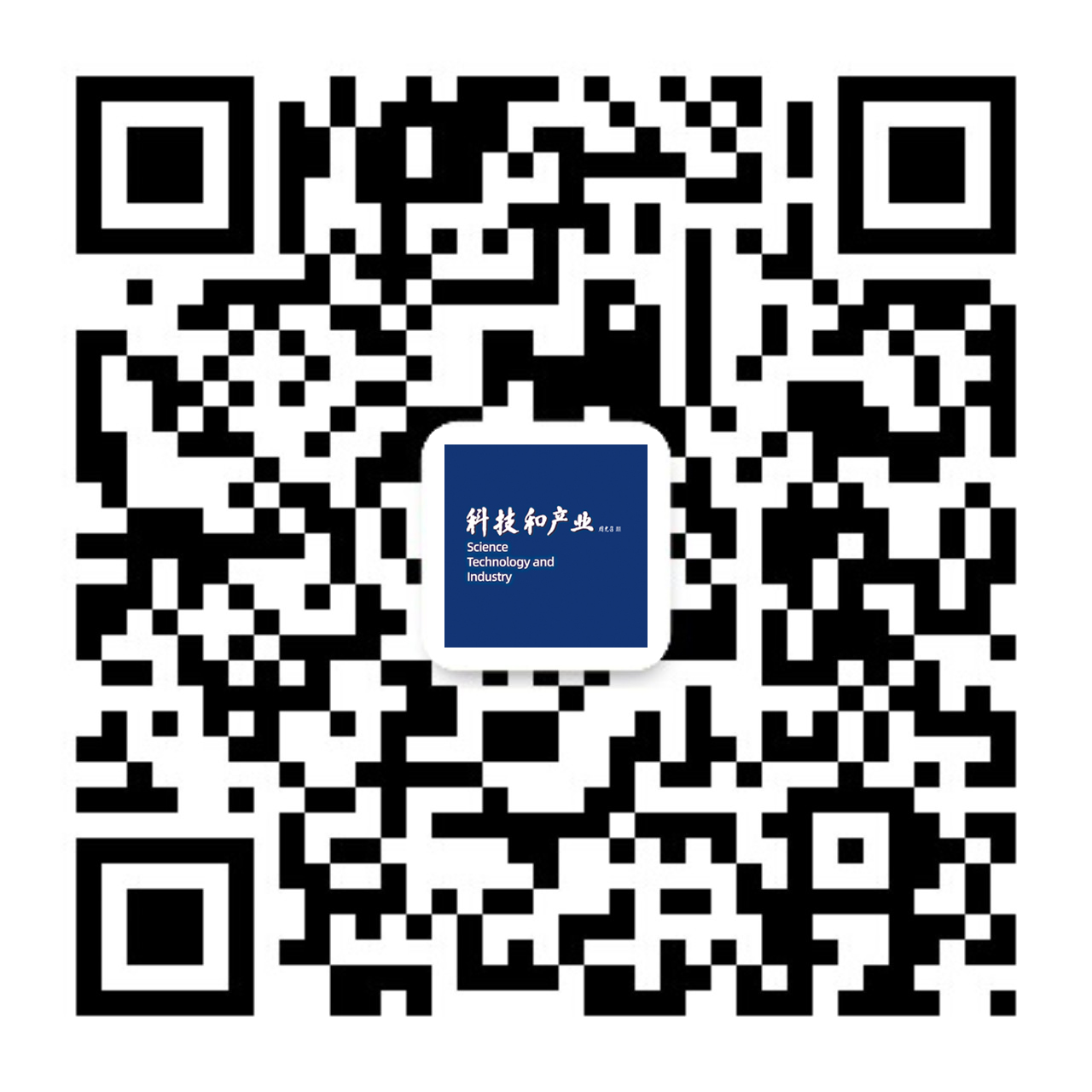京津冀产学协同创新绩效影响因素分析——基于多维邻近性视角
作者:
作者单位:
1.北京经济管理职业学院 管理学院;2.上海交通大学 安泰经济与管理学院
作者简介:
通讯作者:
中图分类号:
F124.3
基金项目:
教育部哲学社会科学研究重大课题攻关项目“创新驱动发展战略的顶层设计与战略重点研究”(15JZD017);北京经济管理职业学院院级课题“首都临空经济区跨境电商企业的数字化转型策略研究”(20BSA02)
Analysis of Influencing Factors of Industry-university Collaborative Innovation Performance in Beijing-Tianjin-Hebei Region:Based on the perspective of multi-dimensional proximity
Author:
Affiliation:
1.School of Management,Beijing Institute of Economics and Management;2.Antai College of Economics Management,Shanghai Jiao Tong University,Shanghai ,China
Fund Project:
引用本文
陈红军,谢富纪.京津冀产学协同创新绩效影响因素分析——基于多维邻近性视角[J].技术经济,2021,40(10):108-118.
复制相关视频
分享
文章指标
- 点击次数:
- 下载次数:
- HTML阅读次数:
历史
- 收稿日期:2021-02-13
- 最后修改日期:2021-10-27
- 录用日期:2021-09-17
- 在线发布日期: 2021-11-18
- 出版日期:
文章二维码

您是第 位访问者
电话:010-65055536, 18515632865 Email:jishujingji@cste.org.cn
地址:北京市海淀区学院南路86号(100081) 邮政编码:80-584
ICP:京ICP备05035734号-5
技术经济 ® 2025 版权所有
技术支持:北京勤云科技发展有限公司
电话:010-65055536, 18515632865 Email:jishujingji@cste.org.cn
地址:北京市海淀区学院南路86号(100081) 邮政编码:80-584
ICP:京ICP备05035734号-5
技术经济 ® 2025 版权所有
技术支持:北京勤云科技发展有限公司



